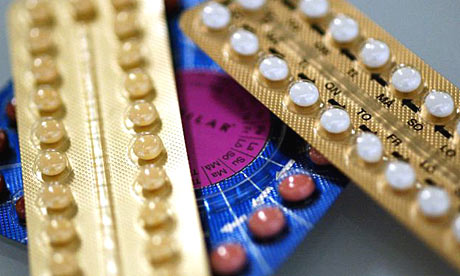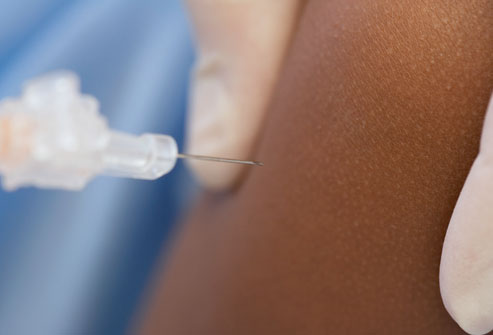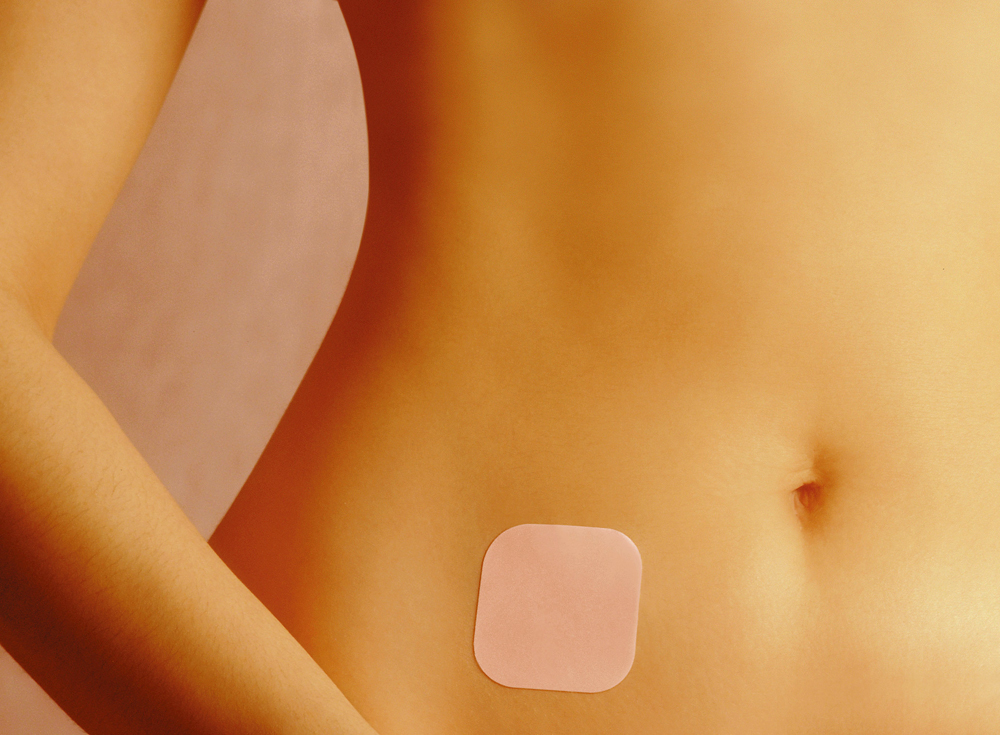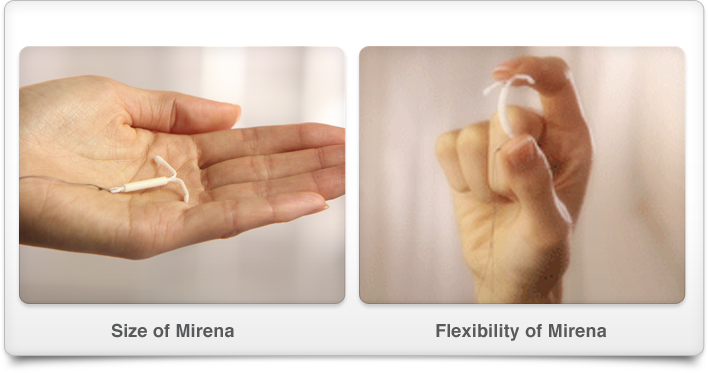What You Don’t Know About Contraceptives
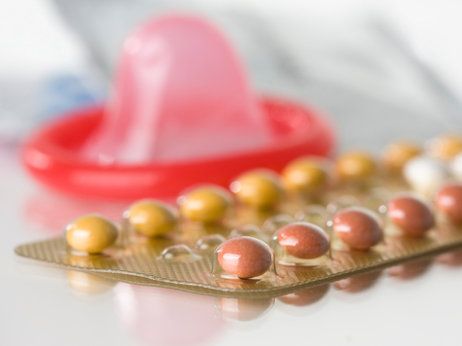
Although children are a blessing, no one wants to have one unplanned. For this reason, we have birth control options, some more drastic than others but there’s something for everyone. The most important step is to weigh your options with your doctor; you’ll want to find out how each form of birth control will affect your health.
1. The Pill
An Oral contraceptive that is taken orally. It contains hormones called estrogen and progestogen. These hormones stop the sperm from reaching he egg by thickening the mucus that lines the womb. In some cases it prevents ovulation altogether. There are 30 different types of contraceptive pills that can be bought either at a chemist or get them free from any local government clinic.
It works best and effectively for super organised people because it has to be taken every day, at the same time of every month. Its also alternatively prescribed by doctors for irregular periods, severe period pains and hormonal acne.
Success rate: 97%
The down side: The side effects are known to be cause depression, moodiness, weight gain , nausea and moodiness. Antibiotics cancel out the effects of the pill.
2. The injection
The injection has the same effects as the pill but its done with an injection filled with hormones.Its normally injected into the fleshiest part of the body such as the thigh or buttock. Only one injection is needed every two or three months.
Success rate: 97%
The down side: it is known for causing mood swings, irregular periods, weight gain and sometimes being emotionless altogether.
3. Condoms
A latex sheath made for both male and female that provides a barrier that prevents sperm from reaching the eggs. It is the only form of contraception that is able to prevent pregnancy and the contraction of STIs and HIV.
It’s the most readily available form of contraception that you only need to use once when you have sex.
Success rate: 85%
The down side: Some people have allergic reactions to latex and both parties need to be in agreement to use it.
4. The Patch
A patch that is slightly bigger than your normal plaster that contains estrogen that can be absorbed into the body using the patch. It thickens mucus in the uterus and prevents sperm from getting in. You only need to use one patch every three week but you need to unsure that you have a constant supply. Every four weeks you can go without the patch.
Your monthly cycle isn’t affected because you go on your period during your patch free week.
Success rate: 97%
The down side: There are concerns that the absorption of estrogen through the skin could cause blood clots.
5. The Loop
The UID loop are T-shaped and come in two kinds; hormonal and non-hormonal version. The hormonal one is T shaped and made out of plastic releasing low-dosage of progestogen to prevent the sperm from meeting the egg. The non-hormonal one is made up of copper and alters the environment in the uterus preventing it form fertilizing an egg. Its best for the forgetful people because once you have it inserted, you will not conceive for as long as you have it in. They work immediately and have very little side effects.
Success rate: 99%
The downside: It may be a bit more unpredictable causing irregular periods.
6. The Implant
This a small plastic stick the size of the match that is filled with hormones that prevents ovulation. The implant is inserted just under the skin on the inside of the inner upper arm using local anaestetic. Its effects last up to three years. If it does not work, it can be removed just as easily. They were made free and available in local government hospitals earlier this year and will be coming to local clinics soon.
Success rate: 99%
The downside: Even though it has lower dosages, the effects may still affect your cycle, cause mood swings and nausea.
7. The Surgery
The operation includes the process of having your phelopean tubes tied. It is otherwise known as a vasectomy for men. It is very difficult it reverse in women that it is for men, therefore only people who do not want to have children ever should consider it. The vasectomy takes about 10 minutes to perform in surgery.
Success rate: 90-95%
The downside: it can be a very costly procedure for a person who does not have medical aid. For men, you might need to wait for a period of four months before they can start having sex without a condom because the sperm has to be cleared from his tubes.
Mbali Radebe

